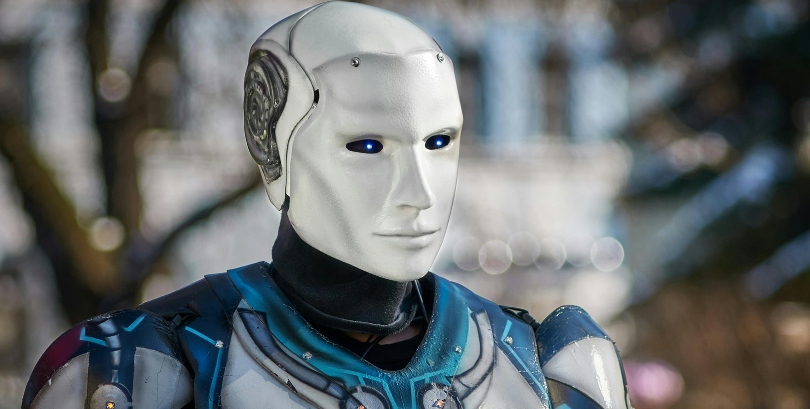Robotics
Future Scenarios: What Industries Will Be Transformed First by Humanoid Robots?

The rise of advanced automation is entering a new chapter: one where robots don’t just assist but start working alongside people in familiar ways. Instead of traditional industrial machines, humanoid robots are designed to walk around natural environments, understand natural language, and could perform tasks that earlier required human dexterity and social interaction. As their capabilities accelerate, the question is no longer whether they will reshape industries, but which ones will transform first.
Below are areas that are likely to be among the first to be significantly disrupted once humanoid robotics goes mainstream.
ALSO READ: Best Frameworks for Mobile App Development to Build Seamless Robot Control Systems
Manufacturing: The First Frontier of Human-Robot Collaboration
Manufacturing has traditionally been the proving ground for automation. It’s now entering a new phase.
Humanoid robots will be ready to assume such tasks as quality checks, material handling, assembly assistance, and machine tending, which were considered too complicated for fixed automation.
Why this industry leads the shift:
- High labor shortages in production environments
- Need for precision, consistency, and 24/7 operations
- Compatibility with existing workflows without major redesign
- Ability of humanoid robots to navigate factory floors safely
This transition supports faster production cycles and a more resilient manufacturing ecosystem.
Logistics & Warehousing: Solving the Labor Gap and Speed Challenge
The logistics sector faces surging demand, rising delivery expectations, and persistent staffing shortages.
Humanoid robots naturally fit into these kinds of environments because they can walk, lift, carry, and adapt to the dynamic layouts without requiring a fully automated infrastructure.
Key transformation areas include:
- Order picking and sorting
- Palletizing and packaging
- Loading and unloading trucks
- Inventory scans and shelf audits
This flexibility gives warehouses a scalable workforce, improving throughput while reducing downtime during peak operations.
Healthcare: a support system for staff and patients
Physical assistance, emotional intelligence, and accuracy are some of the areas in which new generations of Humanoid robots are making progress in healthcare settings. They will not replace clinical decision-making but support providers in ways that will mitigate workload pressures.
Potential use cases:
- Transport of patients within hospitals
- Medication administration
- Sanitation and disinfection
- Elder care support with mobility assistance
- Administrative tasks such as record handling
This would enable caregivers to concentrate more on direct patient interaction and specialized medical tasks.
Hospitality & Retail: Enhancing the Customer Experience
The service sector is one of the most interesting spaces where Humanoid Robots are finding their place, especially as expectations start to shift toward quicker, more personalized interactions. Their ability to greet guests, answer questions, guide customers, and perform simple service tasks makes them ideal for high-traffic environments.
Transformation areas include:
- Hotel concierge roles
- Store navigation assistance
- Queue management
- Replenishing inventory
- Interactive product demonstrations
Robots add novelty, efficiency, and a futuristic brand experience to customers.
Security & Facility Management: Smarter, More Adaptive Monitoring
Applications related to security environments are increasingly demanding of real-time surveillance and autonomous patrolling, along with quick incident response. Humanoid robots have the ability to navigate in complex buildings, detecting anomalies and interacting with individuals.
Capabilities include:
- Autonomous patrol routes
- Sensor-based threat detection
- Real-time notifications
- Guiding visitors
- Inspections for safety in hazard zones
Their presence enhances building security without much change in infrastructure.
Key Takeaways
Humanoid robots will lead the first wave of transformation in the industries that represent the intersection of physical work, human interaction, and operational unpredictability. Manufacturing, logistics, healthcare, hospitality, and security all stand at the beginning of a shift that will redefine efficiency, workforce structures, and customer experiences. As robots become more intelligent, affordable, and adaptable, their adoption is rapidly moving from early pilots to large-scale deployment, reshaping everyday operations across multiple sectors.
Tags:
Humanoid RobotsRoboticsAuthor - Samita Nayak
Samita Nayak is a content writer working at Anteriad. She writes about business, technology, HR, marketing, cryptocurrency, and sales. When not writing, she can usually be found reading a book, watching movies, or spending far too much time with her Golden Retriever.

